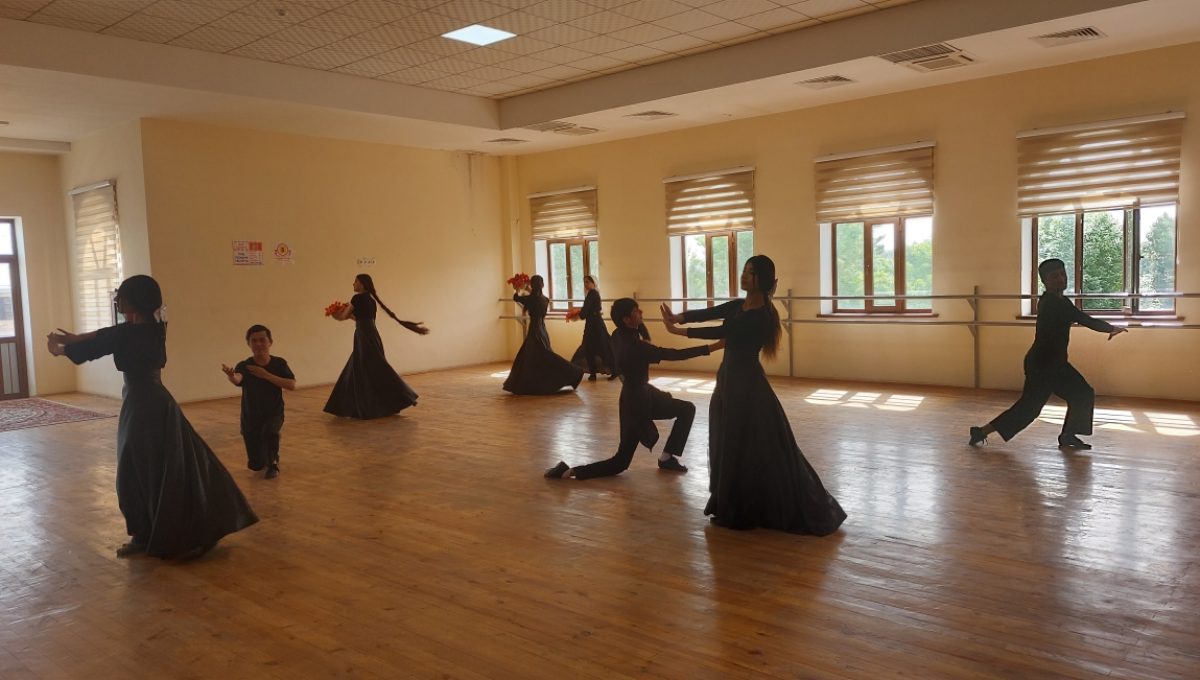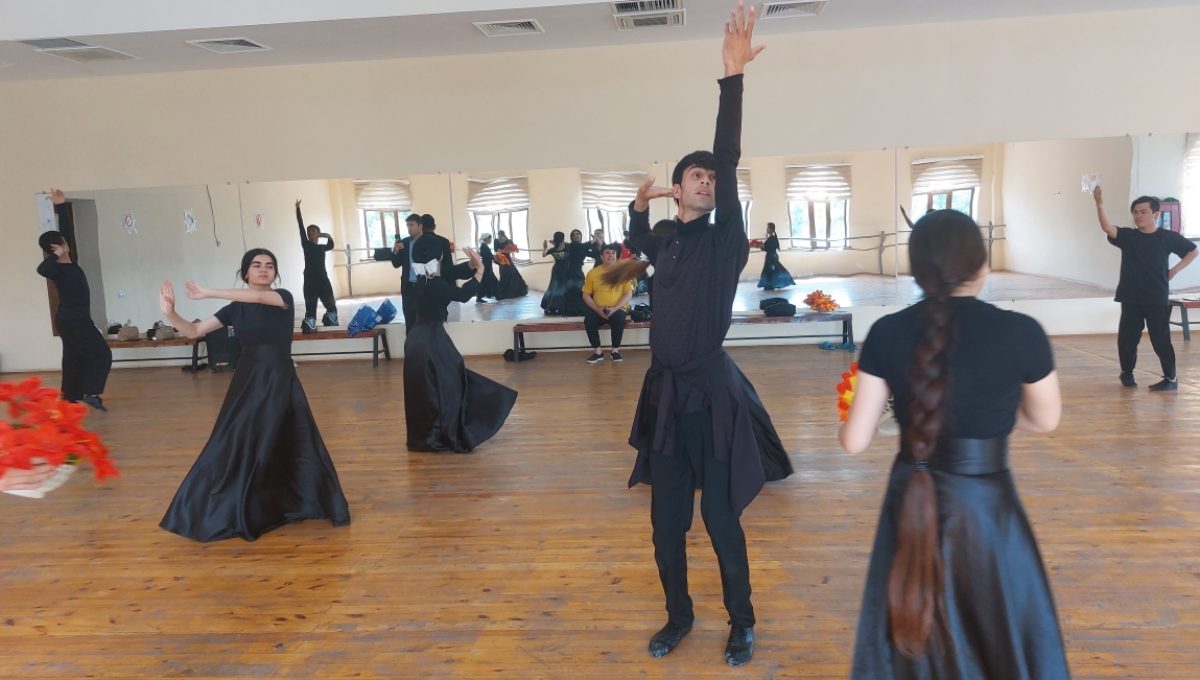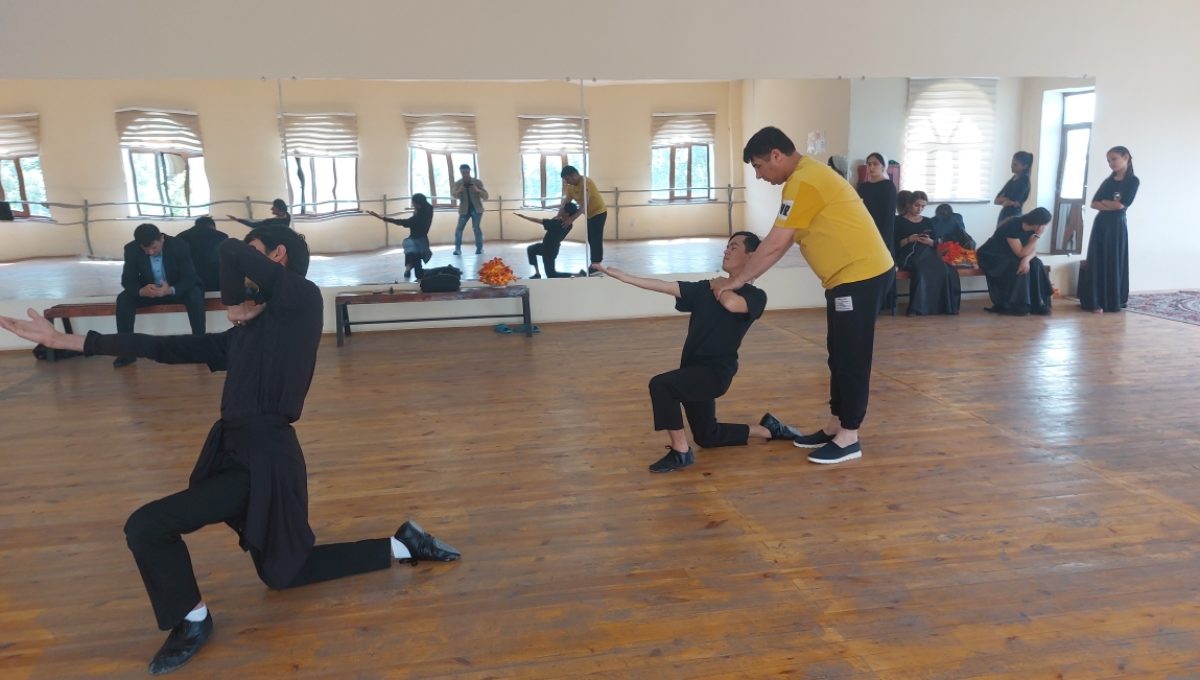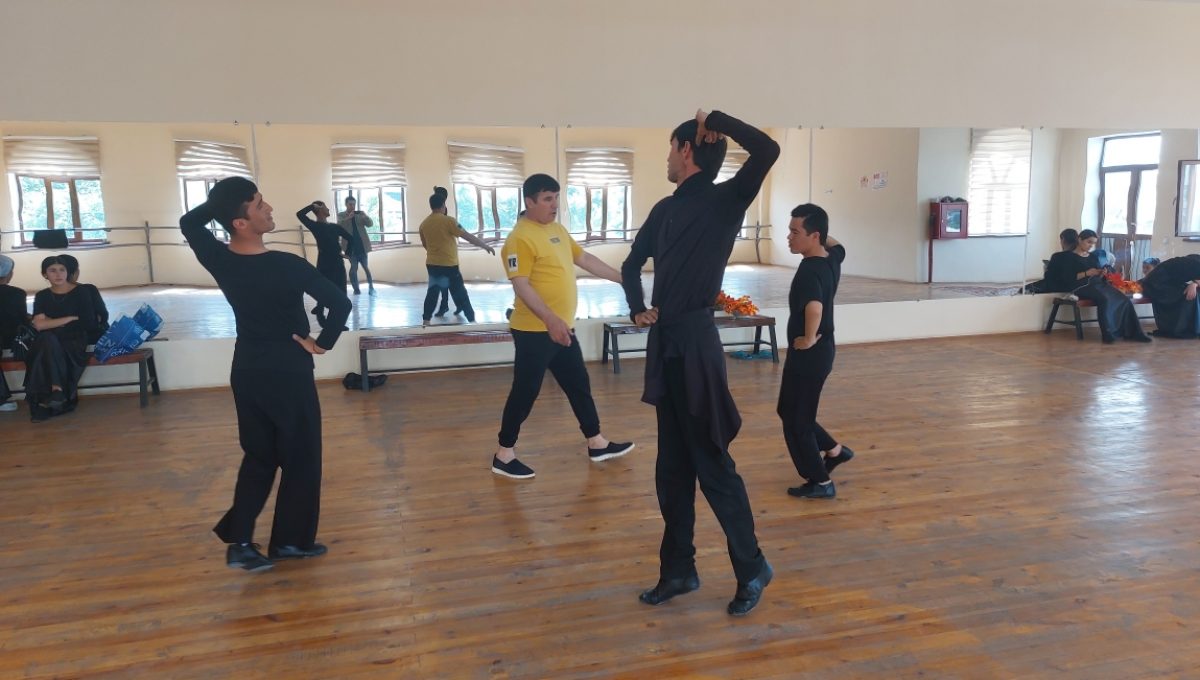In Tajikistan, male dancers leave the stage because of the negative attitude of the conservative society.
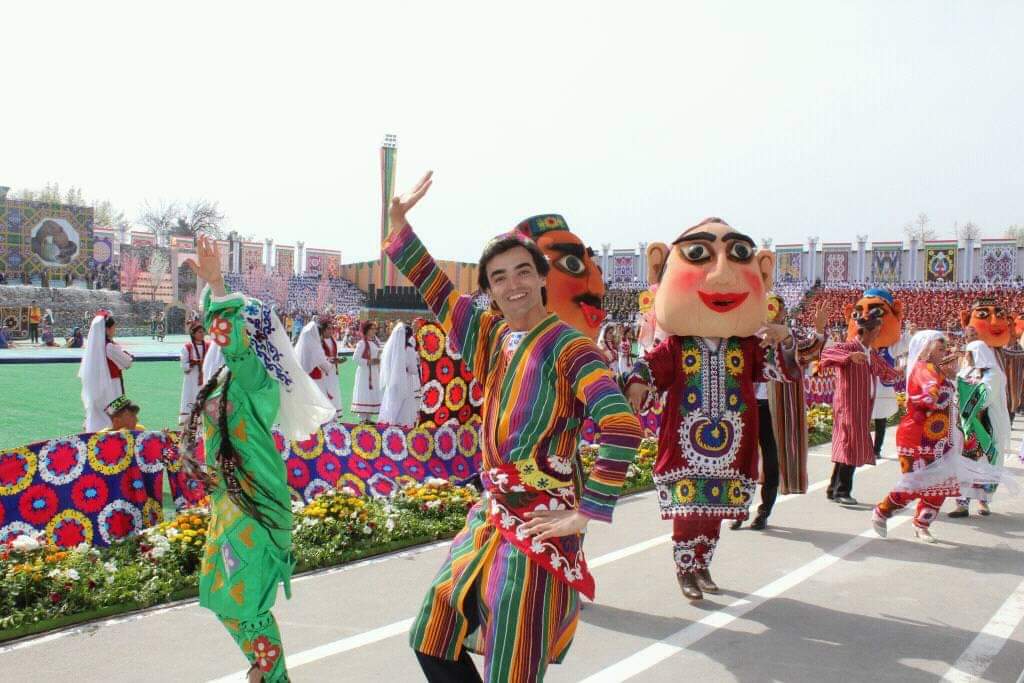
A few years ago, the professional dance company Sitora in Bokhtar, the administrative and cultural centre of the Khatlon Region, employed 18-20 young dancers. Today, only three remain.
According to Siyovush Aliev, Sitora’s soloist since its foundation, the reason for his colleagues’ leaving is due to the adverse reaction of local residents.
Most of his colleagues were students who joined the ensemble to make money. Just a year ago, other dancers Nematullo, Firdavs and Kamoliddin ceased their activities in the Sitora ensemble.
Kendzha Ibrohimov, director of the state ensemble Lola, named after Gaffor Valamatzoda, says male dances, especially the war and heroic kind, were part of the rich musical culture of the Tajik people. According to him, orchestics were specially developed during the pre-Islamic period, when there were separate schools of men’s and women’s dancing.
Gestures played a special role in the Tajik national dance. Because of the stringent religious control, which regarded body movements as unduly sensual and sinful, the dancers’ hands became the foremost exponent of the idea of a dance piece.
At the same time, Ibrohimov conceded that Tajik male dance traditions are almost extinct.
The dance of actor Bimbolat Vataev in the 1965 film Hasan Arbakesh is an example of male Tajik dancing.
Another example is when famous Tajik actors Gurminj Zavkibekov and Mukhammadjon Vakhidov dance in military armour in the film Rustam and Sukhrob based on Abul-Qâsem Ferdowsi’s story Shahnameh, which also demonstrates the antiquity of Tajik male dance. Such beautiful male dances can also be seen in other feature films, including «Ya vstretil devushku» (I Met a Girl).
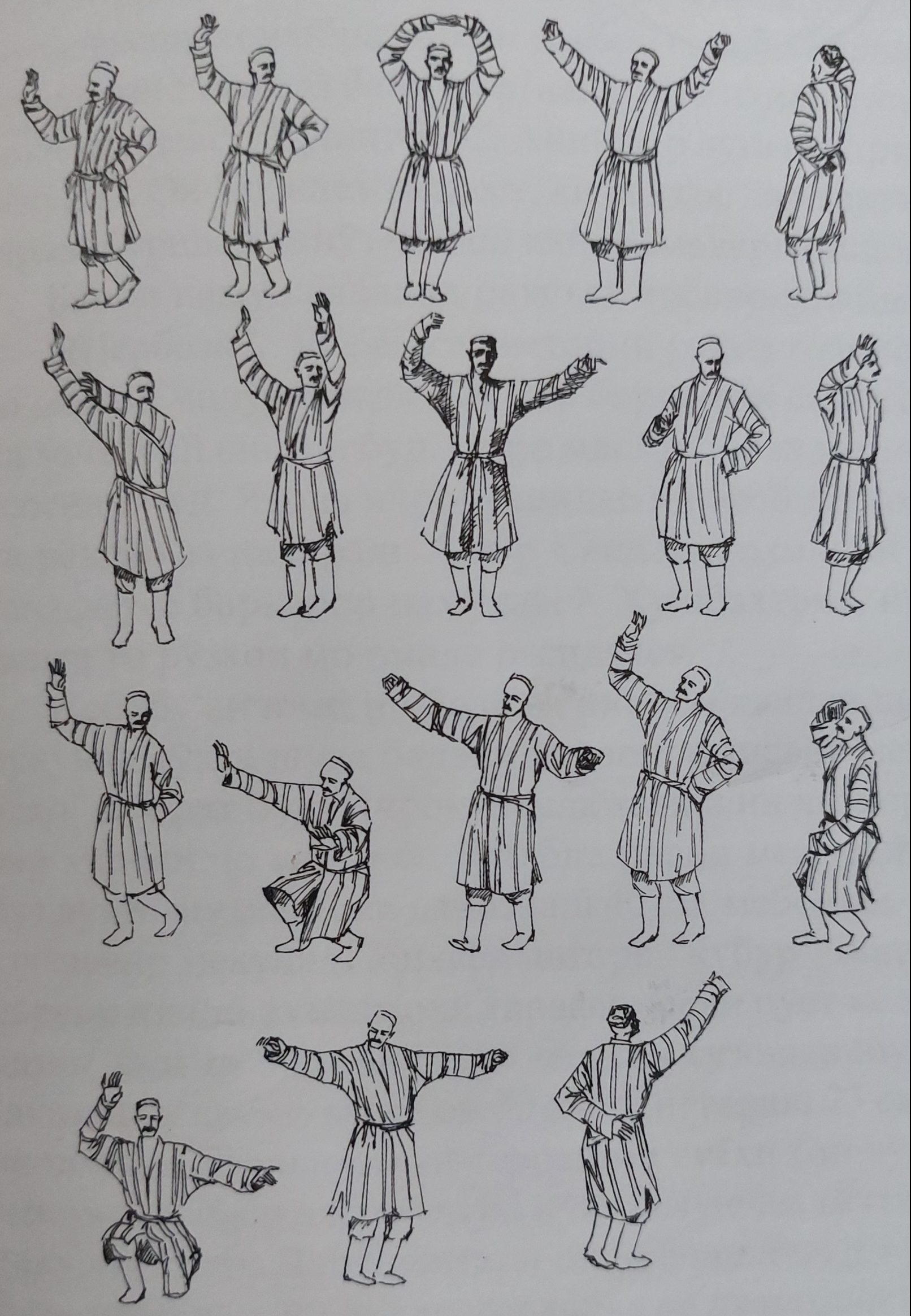
Art critic Saidmurod Boymurodov is also concerned about the lack of attention to male dance, noting that the rich culture of the Tajik people has dozens of kinds of male dance, but most of them have vanished or not been performed at all.
Spaniards, Turks, Russians, Georgians and Dagestanis, he said, are famous for their male dances. However, with the advent and spread of fashion for modern songs and melodies, Tajiks are neglecting their ancient art.
“I remember many years ago at weddings and events, the organisers used to bring male dancers to the stage and everyone would applaud and admire the way he danced along with the female dancer. Or in the mountain villages, men and elders were the first to step out to dance,” Saidmurod said.
“They give us a sidelong glance”.
According to official information, 51 women and 17 men work as dancers in 18 professional ensembles, and song and dance groups in the cities and districts of the Khatlon Region. There are 12 song and dance ensembles in Khatlon. Except for Sitora, which has three male soloists, others have either one or two male dancers or none at all.
The majority of male dancers have quit because of gossip and rumours that people spread about them, Shukhrat Boboyev, head choreographer at Sitora, said. With few boys in Sitora, they cannot stage male dancers. Therefore, the Tajik male dance is disappearing.
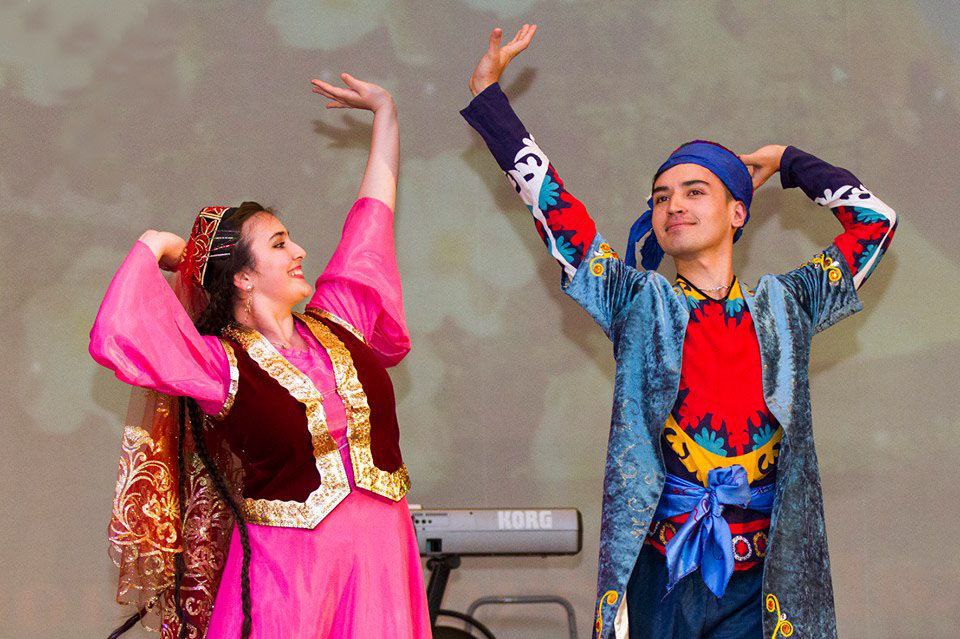
He stressed that their work is difficult and salaries are low, which is also forcing their colleagues to change careers or leave the stage.
Ramazon Nasriddinzoda, head of the Department of Culture of Khatlon Region, said male professional dancers are gradually disappearing, not only in southern Tajikistan but also in other regions of the country.
“There are vacancies for male dancers in the operating units of most of our cultural institutions. We need them. Because male dance is also one of the parts of the Tajik national art,” Nasriddinzoda added.
According to the National Testing Centre, none of the Khatlon region’s school leavers applied to study choreography in the academic year 2022-2023. Every year, dozens of young people from the region study at faculties of singing and music, directing, acting and other arts other than dance, experts believe.
Sharif Azizov, a choreographer of the Khatlon folklore and ethnography ensemble Khutal, said the lack of good working conditions and insufficient pay are reasons for people leaving the profession. When Khutal and Shashmaqom, which used to be united, separated, he said there were 12 girls and 12 boys in his dancing group. But they soon quit. Now he only teaches dance to a few girls.

“Male dance has been and always will be existing. As long as art is appreciated and working conditions improve,” says Sharif Azizov.
Hoping for support

Siyovush Aliyev currently works as a teacher at school No. 11 in the Kushoniyon district. He graduated in Tajik Philology from Bokhtar State University and wants to continue his studies at the choreography department of the Tajik State Institute of Culture and Art named after M. Tursunzoda.
He is now preparing for his wedding and has found a bride who approves of Siyovush’s passion for dance.
“If people’s opinion of this art form changes and the state supports dancers, then male professional dance in Tajikistan can be preserved,” he believes.


